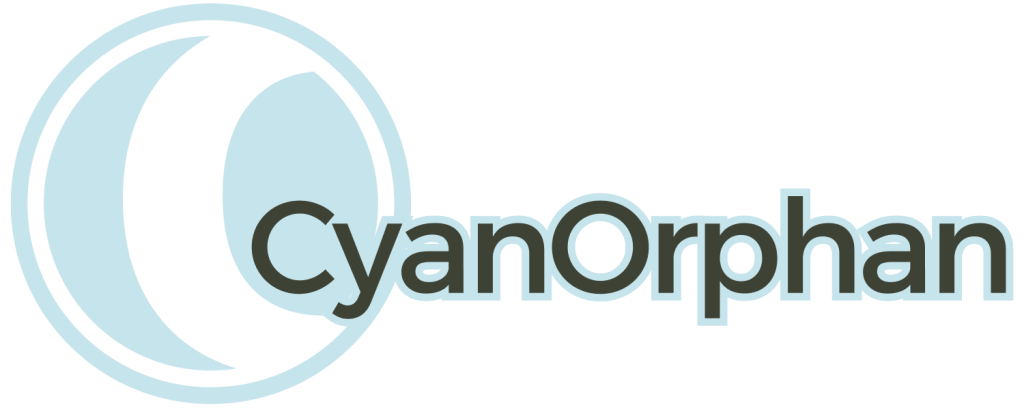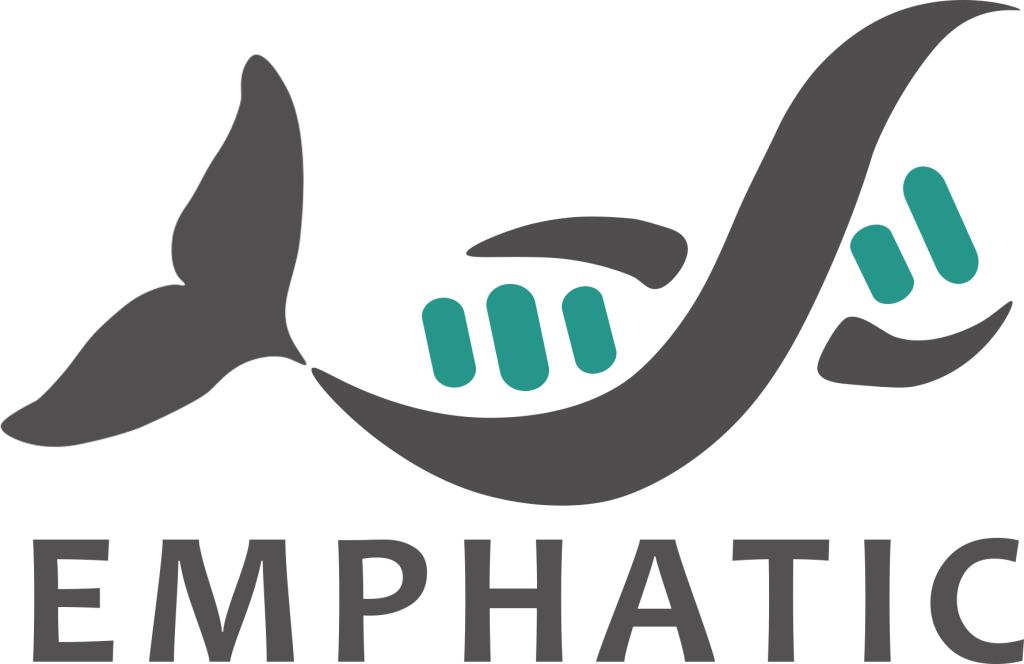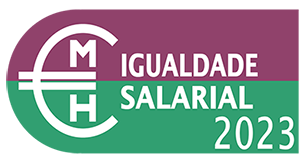Cyanobacteria are ubiquitous photoautotrophic microorganisms known to produce a wide variety of valuable natural products. These compounds possess multiple biotechnological and biomedical applications due to their e.g. antibacterial and anticancer activities or potential as biocatalysts. Cyanobacterial natural products encompass groups of peptides or lipopeptides, alkaloids, terpenes, polyketides and hybrids thereof.
Underexplored cyanobacterial taxa constitute a promising source to broaden natural product chemical diversity knowledge. In this context, culture collections represent untapped biological resources to discover new bioactive compounds. For instance, LEGEcc, the culture collection at CIIMAR, contains a unique phylogenetic diversity of over 1000 cyanobacterial strains, but only 6% of the genomes are sequenced and available. In addition, most of the genes that encode the enzymes responsible for the production of secondary metabolites, called biosynthetic gene clusters (BGCs), are considered orphan, i.e. are not linked to the corresponding metabolite. Deorphanizing BGCs through genetic engineering is a slow and complicated process, or even impossible, since most of cyanobacterial strains are not genetically amenable. To circumvent this problem, cyanobacterial BGCs have been deorphanized by heterologous expression using Escherichia coli as host. However, recent reports have been stated that heterologous expression of complex compounds is best carried out in hosts more closely related to the original producer.In CyanOrphan, we propose a robust pipeline to discover novel compounds by deorphanizing BGCs from LEGEcc cyanobacteria using, for the first time, cyanobacterial chassis. The approach will start by evaluating the biosynthetic potential of the available genomes from LEGEcc cyanobacteria. BGCs with perceived chemical novelty will be considered for selection, that will fuel this project and future ones. Additionally, CyanOrphan will help to increase the number of LEGEcc cyanobacterial genomes that are accessible for use in future research. The genetic information of the selected BGCs will be assembled with previously characterized genetic tools and transformed into two model cyanobacterial strains, Synechocystis sp. PCC 6803 and Anabaena sp. PCC 7120. A comparative metabolomics approach will be applied to identify new compounds and cyanobacterial cultures will be upscaled in a step-wise manner to increase biomass production for compound isolation. The chemical structure will be elucidated, and bioactivity assays will be performed using platforms available at CIIMAR. Finally, the expression of the most compelling natural product, from an application point of view, will be optimized for industrial scale production.CyanOrphan brings together researchers from CIIMAR, forming a collaborative team with expertise in cyanobacterial physiology, genome-mining, phylogenetic analysis, cloning procedures, cyanobacterial genetic engineering, identification, isolation and structure elucidation of compounds, large scale cultivation as well as bioactivity profiling of natural products. All these disciplines are important to reach the proposed goals. This is a highly multidisciplinary proposal that will lead to the training of students in a diverse set of skills, under a highly collaborative environment.
To sum up, CyanOrphan will exploit a unique resource – LEGEcc – and photoautotrophic organisms as heterologous hosts to deorphanize BGCs, allowing the study of the function of secondary metabolites and biological and chemical diversity associated, describing novel bioproducts for future biotechnology applications (e.g. biomedicine, food, environmental, cosmetics). Finally, our strategy will be validated and replicated by others. Hence, the legacy of CyanOrphan will be rich and leave an impact in our understanding of cyanobacterial natural products.



